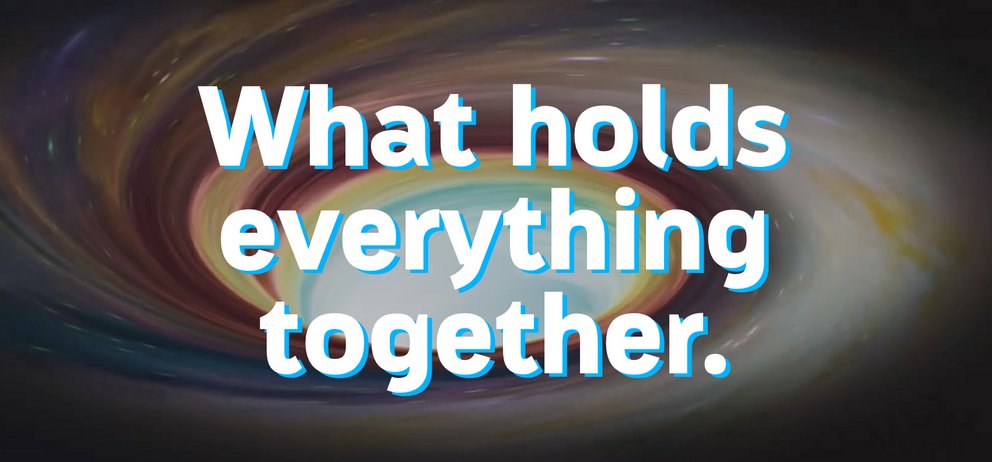At the beginning of May 2020, a video created by the German Federal Ministry of Health offered some strategies for being together despite distance. Using the hashtag #ZusammenGegenCorona (#TogetherAgainsttheCoronavirus), questions were answered that were intended to be used as examples for how to stay together during the first lockdown. For 60 seconds, a collection of pictures of societies composed of elements such as “when the sports clubs are closed”, “when the restaurants are closed”, “when the weaker amongst us are at risk”, and “how doctors and nurses can scarcely get masks to cover their faces with” (whereby a man was seen in the picture up until the word “doctors”, after which only women were pictured). The answers given showed people doing sports at home in front of a laptop with a workout video conference, meals to take away picked up from a restaurant’s window, help with shopping for groceries and the solidary act of wearing masks, which was presented as a vertically divided portrait: in it, two heads became one as professionals wearing masks and people wearing masks during everyday life were combined to form a new image.
This form of togetherness, the split screen, which simultaneously connects and divides, was the aesthetic principle of this video. A gesture to the new circumstances: all questions led to two people who could not meet in real life coming together in a split screen and indicating contact or a kiss. In doing so, a pictorial arrangement became a sign of society holding together which at this time had also established itself as a symbol of a (somewhat) different context. This context bore the mythic appellation “digital”. The shared screen and the squares of the video tiles had long since become the symbol of online meetings that were supposed to become so omnipresent in the coming months that, as Der Spiegel said in February 2021, “now everyone hates them.”
“Zoom fatigue” is the expression of a special exhaustion caused by the eternal (and not always perfect) recurrence of the same: interfaces that provide confrontations as usage interfaces and function as invisible relationships between software and hardware.
Already during the spring of the first year of COVID-19, public praise and private as well as published laments came nearly simultaneously. Only a short time after the euphoric paeans to technology, “The digital now holds us together. […] The digital, ostracized by cultural pessimists and skeptics of progress as a haven of human alienation, maintains work processes, the opportunity to learn and social interaction.” (Die Welt), came the admonishing reactions. They especially applied to the ubiquitous video conferences. Headlines such as “Why Zoom is terrible (The New York Times), “Why video conferences are sucking us dry” (Handelsblatt) and “‘Zoom fatigue’ is taxing the brain” (National Geographic). Even if this blessing and curse also included all of the other services such as, for example, Skype, Microsoft Teams, Jitsi or BigBlueButton, the shooting star of these platforms, also famous for “Zoom university” and “Zoom bombing”, became a synonym for video conferences. The name says it all.
The diagnosis of “Zoom fatigue” that is still widespread today describes conditions of the new monitor normality of divided encounters: “the tiredness, worry, or burnout associated with overusing virtual platforms of communication” (Jena Lee). This phenomenon is, however, more than a superficial effect or impairment of communication. With “zoom fatigue”, the limitations of the audio-visual tiles forces us, on the one hand, to make greater (and often futile) efforts to pick out nonverbal signs such as facial expressions, body language and tone of voice. On the other hand, at the same time, interferences and delays caused by the processing of data and data transfer, often scarcely perceptible to us, cause asynchronous relationships and additional irritations. This intensifies the exhausting process of using our senses to make sense of what the machines have processed. “Our minds are together when our bodies feel we’re not.” (Gianpiero Petriglieri)
Our dependency upon online meetings in turn shows their dependency upon the conditions and processes that computers and their networks run.
This distancing effect, then, is not only related to the notorious user interface with the pattern of grids in which the video streams of my others reach me. At the same time, as always, other interface processes also play a role: the conducting and guiding relations between hardware and software which, as the basis of all screen and speaker effects, ensure that computers connect over the internet, that data flows and is prepared for my eyes and ears. “Zoom fatigue” is the expression of a special exhaustion caused by the eternal (and not always perfect) recurrence of the same: interfaces that provide confrontations as usage interfaces and function as invisible relationships between software and hardware.
The effects and debates regarding the signs of fatigue emerging across all platforms point toward that context that is found beyond the mythic promise of “the digital” that should now “keep things going”. This is not, however, simple “telepresence”. What can be physically felt here and what is the subject of reports is the processuality and materiality of networked computers that now, as technology, seem no longer not only magically effective (it just works). Now, in the mode of disturbance with physical consequences, something forces itself into our perception that otherwise should simply work under the radar of human perception. Our dependency upon online meetings in turn shows their dependency upon the conditions and processes that computers and their networks run.
The present moment of this communal exhaustion is thus perhaps the most urgent reminder that every human exchange via online platform is, first and foremost, an exchange of data. It has its own strictly formalised rules whose procedures simultaneously give rises to questions of data protection as well data economy. It is the product of programs, of instructions always followed (and thus hackable) that are set to work by a huge amount of hardware. This is why it needs an infrastructure within which its raw materials as well its consumption of energy and water are taken into consideration as well as the electronic waste that is primarily cast off to the global south.
Every form that we use to come together online (with or without a grid of tiles) remains dependent upon that. These relationships are always programmatic: they are not only programmatic insofar as they seem pioneering and seek to indicate standards of a new normality. Link or you’ll miss it. They are especially programmatic because they are based upon the programmability of computers and realise specific programs with hardware. The way in which we can come together has been determined precisely by the programming in every case (like this and in no other way). The rule commands, we follow. In this aspect as well, the “Zoom fatigue” criticism provides a reminder of the persistent conditions of the user interface.
The way in which we can come together has been determined precisely by the programming in every case.
The networking and independent dynamic of computers that run under the buzzword “the digitalisation” has, not least of all, the tremendous advantage of forming communities that can overcome borders and distance. This makes them, in the form of internet services, so valuable, especially in light of the pandemic, and also explains the split screen answers of the ministry. Alongside the numerous consequences that have been discussed intensely for years (from encoded prejudices to filter bubbles and surveillance/capture capitalism to algorithmic governmentality by AI), the effects and debates of “Zoom fatigue” bring the conditions of these programmatic relationships into the foreground. Some of this becomes palpable, and perhaps simply serves as a reminder of the kind of networking we are actually dealing with when it comes to the internet.
Our community that we enter through this is a proper community of human beings and machines simultaneously. The hype about the “internet of things” in the 2010s may have distracted us from this, as if the internet had previously been one of bodies. This community must also always be that of and with things, and the sum of the cables, antennas and computers in this togetherness is permanently growing because so many more computer in server parks are needed for our increasing number of online services of streaming, clouds, Zoom and company than those we are holding in our hands, placing on our desks or next to our yoga mats.
The programmatic relationships that we enter through this are global and planetary. They need and effect more parts of the world than only those human beings with whom we enter into distanced communication with through them. The “Zoom fatigue” sensitivity for these relationships can thus also create an awareness beyond those of one’s own perception for the conditions and side effects of a technology that holds not only us together.


